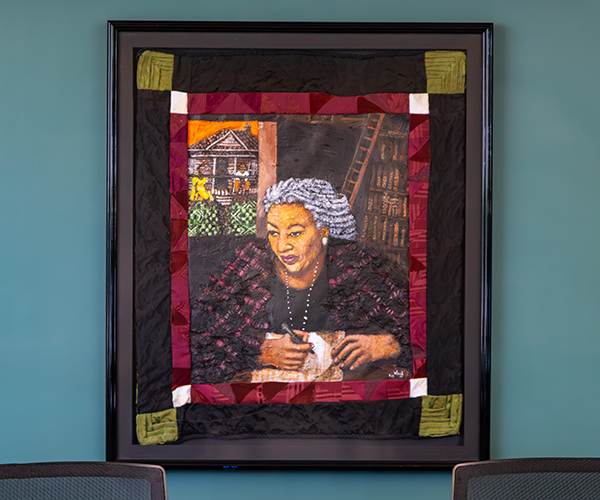Hoisting the coveted Heisman Trophy is the pinnacle of college football accomplishment — at least on an individual basis — each winner immediately an exclusive member of the sport's deep and lauded history. Yet it seems so little is known about the history and origin of the honor itself. The renowned piece of hardware's namesake is more or less anonymous.
Heisman: The Man Behind The Trophy, a new biography written by the legendary coach's grandnephew, John M. Heisman, looks to shed light on the life of the football luminary.
John W. Heisman, born to German immigrants in Cleveland in 1869, moved to Titusville, Pa., with his family while he was still young. He later returned to coach at Oberlin College and then Buchtel College (now the University of Akron), where he instituted the center snap and the pulling and shifting of offensive lines.
John M. Heisman, who graduated from Ohio State and currently lives in Toledo, says the coach's early innovations and successes laid a foundation for football in Ohio and the Midwest.
"People saw the various things that he was doing as he traveled throughout Ohio, playing Ohio State and Ohio Wesleyan," he says. "He left the state and the region with an idea and vision of what they could become."
The elder Heisman also gave football its first scoreboard, and advocated for lateral and forward passes and dividing the game into four quarters. He shaped what football looks like today, though even he would be shocked by how quickly the athletes have progressed out on the gridiron, according to the author.
"He would marvel at the speed, the finesse and the intricacies of the plays," says Heisman of his granduncle. "The tactical side of it, he would drink in. He would have a greater concern for the character of the men playing the game. That's where things would break down for him. He would not value a great player who did not have great character to go along with it."
Writing the book has been a process of more than several decades for the grandnephew, and it wasn't until he attended a trophy ceremony in the early 2000s and was encouraged by a sportswriter and a member of the Downtown Athletic Club in New York City — where the award originated — that he got serious.
"Because life gets in the way and you do things like get married and raise a family and work for a living, you have to put things down," he says. "Throughout time, I was picking it up and reading it, and I would spend time reacquainting myself with it."
One issue that remains unknown is what might have been if Coach Heisman hadn't left for the South. What if the author's own alma mater had convinced the Ohio native to stick around?
"It makes me wonder if Ohio State would have been a dynasty much earlier on," says Heisman. "I've always wondered what would have happened. It's sort of a tantalizing brain teaser."



